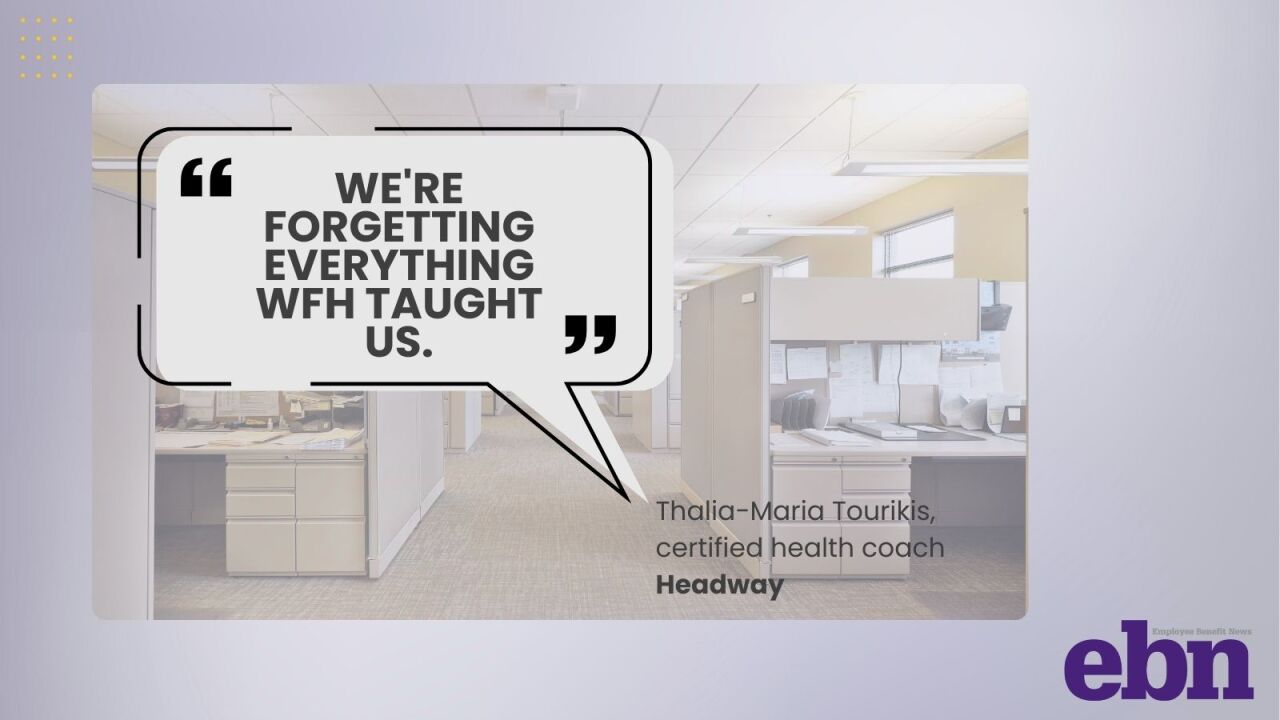Over the last few years, organizations have boasted their efforts to invest in
Fifty-eight percent of employees have paid out-of-pocket for tools or services they wish their employer provided, according to a new survey from HR employee software provider Inclusively, with the majority seeking more productivity tools and mental health support. Benefit leaders are clearly still at a loss when it comes to
"There's clearly a misalignment in what organizations are offering and what people are after," says Charlotte Dales, CEO and co-founder of Inclusively. "It's up to leaders to figure out what people are looking for, what are the problems they're trying to solve, and then identify what's driving these gaps."
Read more:
Employees are nearly twice as likely to remain loyal to their employer if they're
"Companies are paying a lot of money for things that are going under-utilized," Dales says. "And if these expensive benefits are not serving their purpose, it's going to negatively impact the very reason they were invested in, which is usually productivity and retention."
Staying on top of employees' benefit needs
Historically, organizations have relied on
Read more:
"Leaders look at utilization data and then they look at employee engagement surveys and there's nothing really connecting the two of those things together," Dales says. "If you can capture daily interactions across different tools and aggregate those insights into a more cohesive picture, what employees want becomes easier to understand."
Bridging the benefit gap is not only the key to retaining the current workforce — it will play a critical role in recruiting younger talent that has already expressed their expectations when it comes to receiving better, more
"Your ability to be able to personalize your employee experience is incredibly important if you intend to future proof yourself and meet incoming demands," Dales says. "Companies that get ahead of that now are going to have a significant competitive advantage on talent attraction versus companies that don't."






